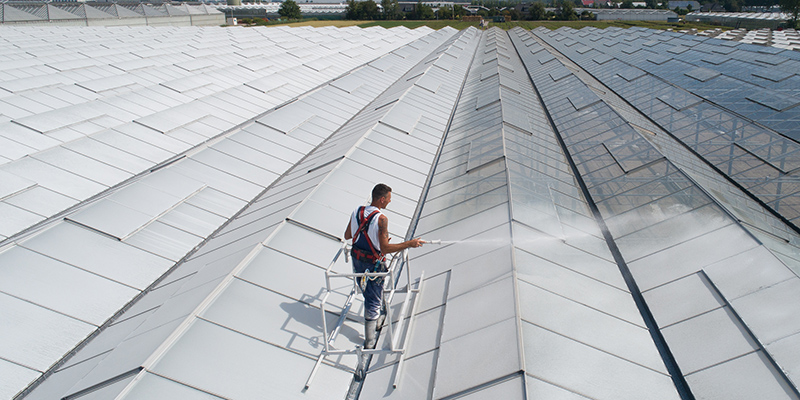Are Nurseries at Fault for Spreading Invasive Species?
Researchers at the University of Massachusetts Amherst has published a pair of papers that, together, provide the most detailed maps to date of how 144 common invasive plants species react to climate change in the eastern U.S., as well as the role that garden centers currently play in seeding future invasions. Together, the papers, published in Diversity and Distributions and BioScience, and the publicly available maps, which track species at the county level, promise to give invasive species managers in the U.S. the tools they need to proactively coordinate their management efforts and adapt now for tomorrow’s warmer climate.
One of the major hurdles in addressing the threat of invasive species, according to an article posted on the University of Massachusetts Amherst website, is in determining when and where a species crosses the line from being non-native to invasive. A single occurrence does not an invasion make. What invasive plant managers need to know is where a species is likely to take over, outcompeting native plants and altering the ecosystem.
“Managers have very few resources to control invasions, so we don’t want to waste time focusing on species unlikely to become invasive in a given area,” says Bethany Bradley, Professor of Environmental Conservation at UMass Amherst and the senior author of both papers. ‘But the question of what will become invasive and where has been surprisingly tricky to answer.”
“If we can proactively identify these species and the regions they are most likely to become abundant in as the climate warms, then we can head-off a major ecological threat before it’s too late,” adds Annette Evans, a postdoctoral fellow at UMass Amherst’s Northeast Climate Adaptation Science Center and lead author of the paper on abundance and future invasive hotspots.
“When people think of how invasive plant species spread, they might assume species are moving because of birds or the wind dispersing seeds,” says Evelyn M. Beaury, lead author of the paper on horticulture and invasive species, as well as a postdoctoral researcher at Princeton who completed the research as an extension to her graduate studies at UMass Amherst. “But commercial nurseries that sell hundreds of different invasives are actually the primary pathway of invasive plant introduction.”
Though researchers have long known that invasives are linked to the horticulture trade, Beaury and her co-authors, including Evans and Bradley, wondered how often invasives are sold in the same area in which they are abundant? And how might nurseries be exacerbating the problem of climate-driven invasion?
Using a case study of 672 nurseries around the U.S. that sell a total of 89 invasive plant species, and then running the results through the same models that the team used to predict future hotspots, Beaury and her co-authors found that nurseries are currently sowing the seeds of invasion for more than 80% of the species studied. If left unchecked, the industry could facilitate the spread of 25 species into areas that become suitable with 2°C of warming.
Furthermore, 55% of the invasive species were sold within 13 miles of an observed invasion — the median distance people across the U.S. go to buy landscaping plants. In other words, everyday gardeners who buy plants at their local nurseries could unwittingly help perpetuate invasion and associated ecological harm in their literal backyards.
“But there’s good news here,” says Beaury. “This is the first time that we have real numbers to show the connection between plant nursery sales and the spread of invasive species — including invasions that occur down the street from nurseries, as well as across state borders. Now that we have the data, we have an incredible opportunity to be proactive, to work with the industry, consumers, and plant managers to think more critically about how our gardens impact U.S. ecosystems.”
The team has also put together a publicly available list of 24 commonly sold invasive plants with increased risk of spreading with climate change in the northeast, from butterfly bush to English ivy, to be avoided and native alternatives, such as bottlebrush buckeye and wild blue phlox.
Read the full article here. In addition, Greenhouse Grower’s Allan Armitage wrote a related column back in 2019, which you can read here.








